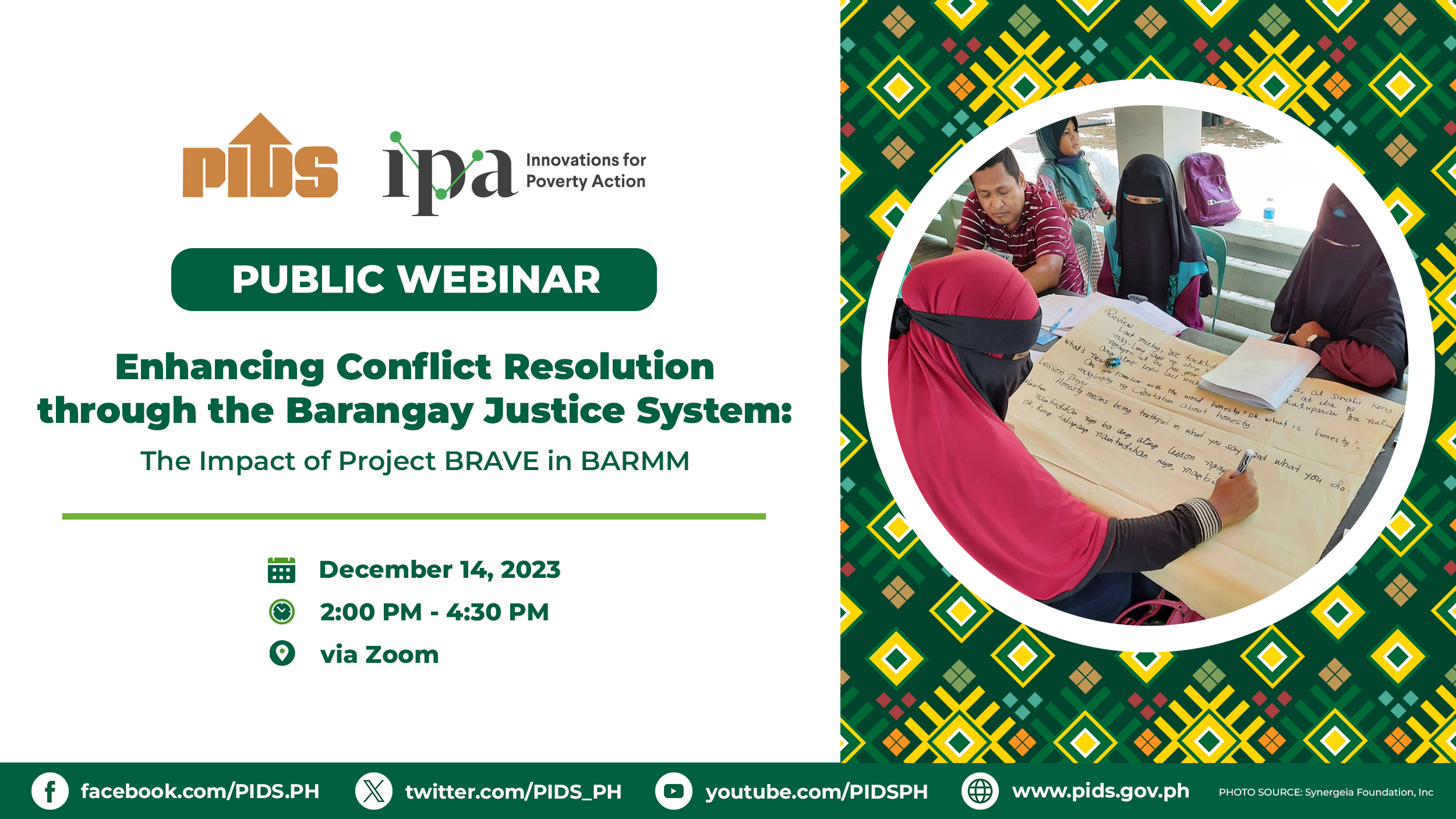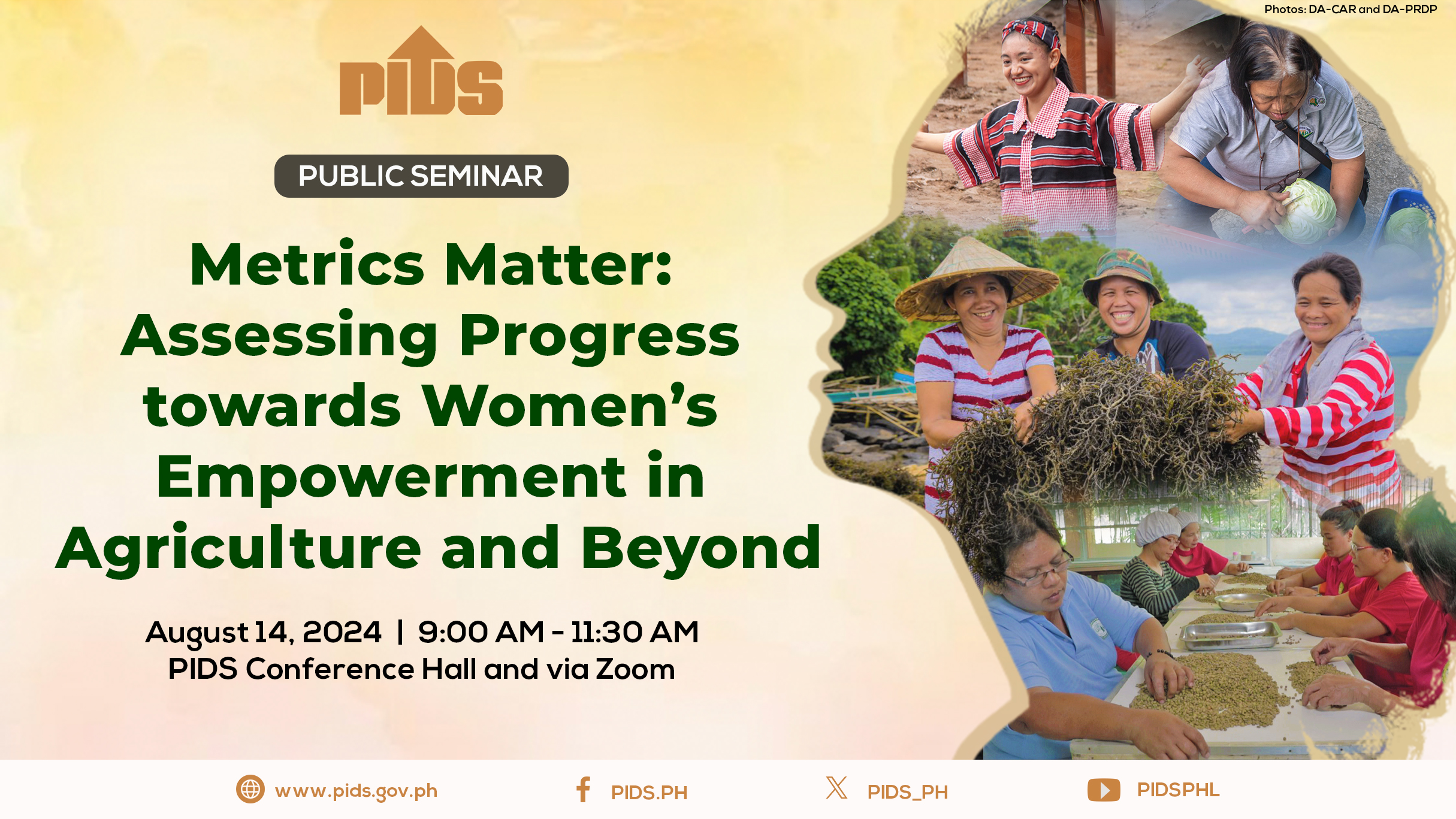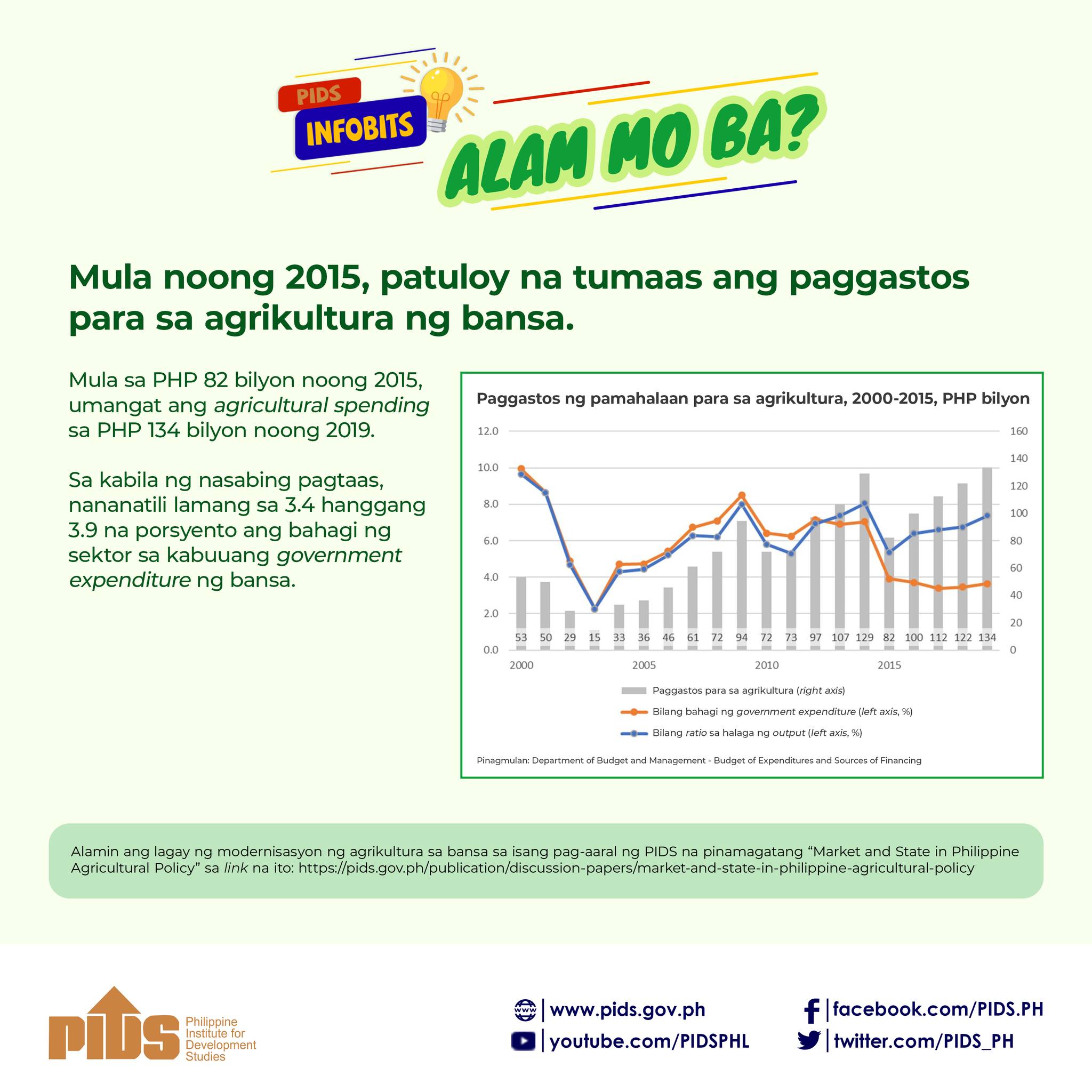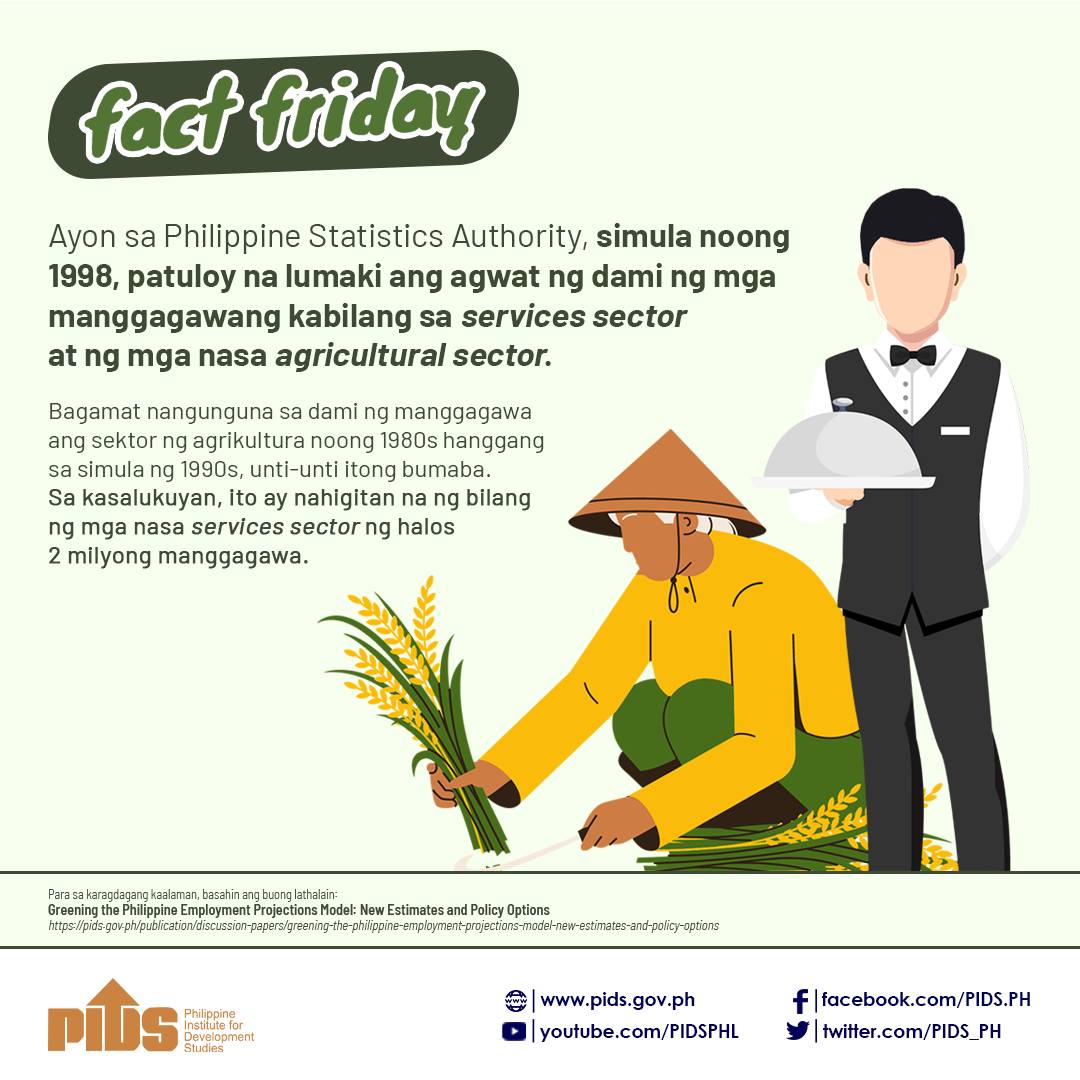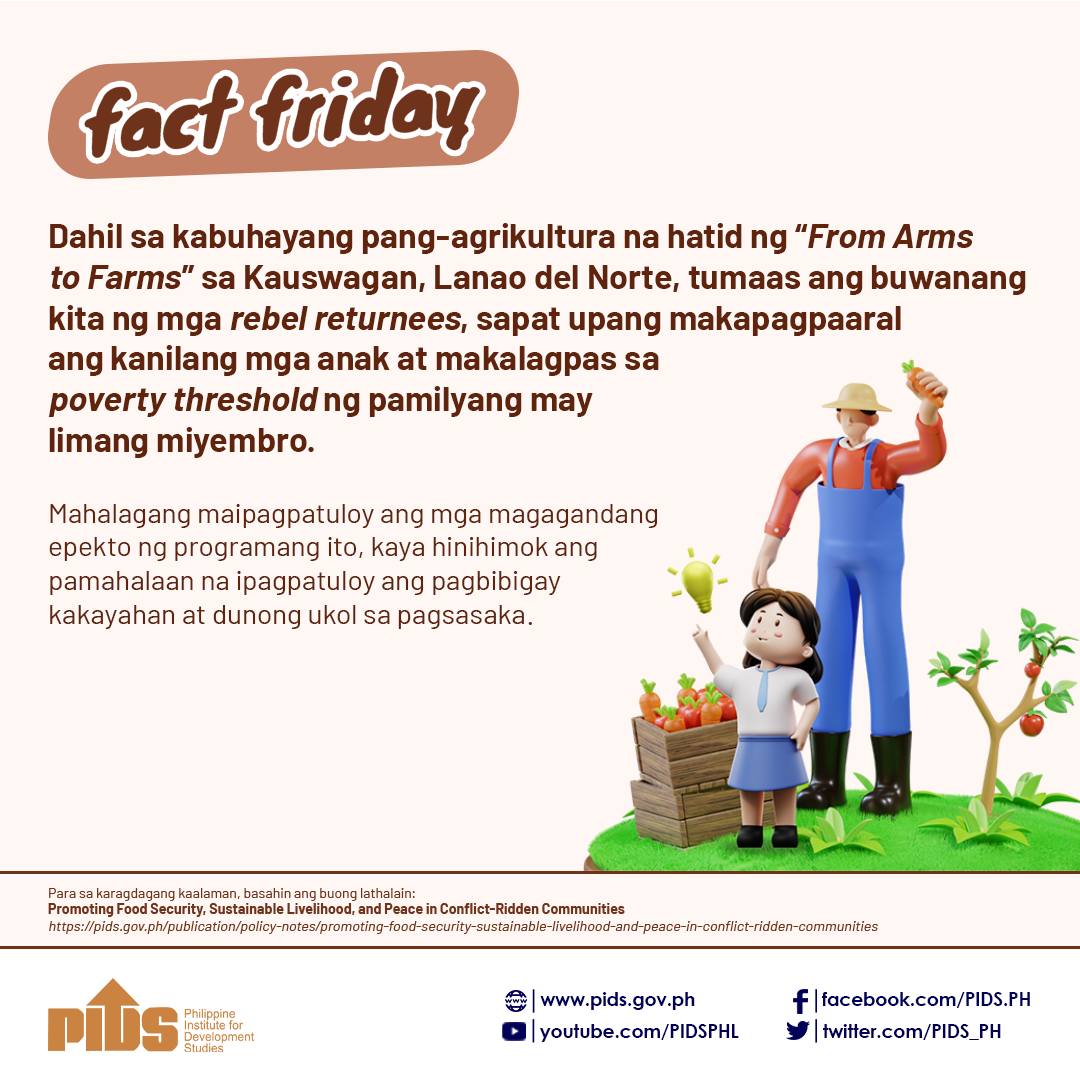THE destruction wrought by tropical storms Henry and Inday and tropical depression Josie will not cause a significant increase in commodity prices and poverty incidence this year, according to local economists.
Economists made the statement to the BusinessMirror after the Department of Agriculture (DA) reported on Tuesday that the losses incurred by farmers and fishermen due to Henry, Inday and Josie rose to P631.32 million. The storms affected rice, corn, high value crops, livestock and fisheries.
Philippine Institute for Development Studies (Pids) Senior Research Fellow Roehlano Briones said this may have led to a slight increase in the price of some goods. Briones said, however, that prices would start to “normalize” this week.
“(The damage) appears huge but it’s less than a billion (pesos). And the whole sector is, I believe right now, at P1.7 trillion or P1.8 trillion. The impact (of the three storms) may not be as significant as the last El Niño, which was quite severe,” Briones said.
“Maybe in some localities, there were some supply bottlenecks so there were slight increases but eventually, prices are expected to normalize,” he added.
PIDS President Celia M. Reyes noted that both natural and man-made disasters can cause Filipinos to become poor, or fall deeper into poverty. Reyes said, however, that it was still difficult to determine at this point whether the damage caused by the typhoons will have an impact on the country’s poverty situation, especially this year.
The Philippine Statistics Authority (PSA) is currently conducting the Family Income and Expenditure Survey (FIES) this year. The FIES is the basis for the poverty incidence data of the government.
The first round of the survey covers the first half of 2018 while the second round to be conducted in January 2019, will cover the second half of the year.
“We don’t know the extent of the affected areas as well as we don’t know the sample that will be covered by the FIES,” Reyes said.
She said if prices continue to rise, it could cut the purchasing power of the households. This is especially the case when it comes to food, which accounts for over 50 percent of poor household’s budget.
Damage
The DA said majority of the production losses was recorded in the rice sector, which accounted for 74 percent of the total. About 27,698 rice farmers in at least 12 provinces lost 1,400 metric tons valued at P466.44 million.
The storms affected 30,274 hectares in Pangasinan, Bataan, Bulacan, Nueva Ecija, Pampanga, Tarlac, Batangas, Rizal, Laguna, Occidental Mindoro, Negros Occidental and Aklan.
“Region 1 remains the most affected region in terms of damage and losses in rice amounting to P311.48 million (67 percent), which were reported in Pangasinan alone,” the DA report read.
“The increase in reported damage and losses comes from the reports from provinces of Pangasinan and Occidental Mindoro,” it added.
According to the DA, 1,055 fishermen in the Cordillera Administrative Region, Regions 2, 3 and 4-A also lost P161.67 million.
Ateneo Eagle Watch Fellow Leonardo A. Lanzona Jr. told the BusinessMirror the recent typhoons may cause the farm sector to grow slower this year. The impact will be more significant, Lanzona said, if the typhoons hit during harvest time.
“To the extent that this damage will affect food supply, then inflation is likely to rise further. In addition, as farms are destroyed, the farm household’s ability to produce may be constrained,” Lanzona said.
Navarro said, however, that the typhoons may not have an adverse impact on the performance of the farm sector this year as many rice farmers have just begun planting their main crop.
She added that the government is “prompt” in extending assistance to farmers affected by natural disasters.
Reyes said safety nets, such as emergency loans and crop insurance, are important to help farmers and households immediately recover their losses.
Rice distribution
The National Food Authority (NFA) said it has issued a total of 10,246 50-kilogram bags, or about 512,300 kilograms, of rice to various local government units and relief agencies for distribution to typhoon victims.
“As of July 23, the NFA has released 1,502 bags to various municipalities in Pangasinan: Anda, 80 bags; Dagupan City, 504 bags; provincial government, 600 bags; Mangatarem, 118 bags; Office of Representative Rosemarie Arenas, 100 bags. Pangasinan has been put under a state of calamity with 17 of its 25 municipalities submerged in flood,” the NFA said in a statement.
The NFA said a total of additional 2,200 rice bags are being requested by the local governments of San Carlos (1,000 bags), Calasiao (100 bags), Sta. Barbara (500 bags), Malasiqui (250 bags), Alaminos (250 bags) and Labrador (100 bags), in Pangasinan.
“In other areas in Region 1, the NFA has issued 200 bags to Abra; 50 bags to Benguet; 100 bags to Ilocos Norte; 600 bags to the Department of Social Welfare and Development,” the NFA said.
The grains agency also said 3,158 bags of rice have been distributed to local governments and relief agencies in Central Luzon.
“NFA Tarlac has released 300 bags of rice to the provincial government while another 243 bags were withdrawn by the La Paz government for their immediate relief operations,” it said.
“La Paz, Tarlac remains inundated as of press time with most roads not possible to all types of vehicles. The NFA office has also received requests from the Office of Congressman Charlie Cojuangco for 400 bags of rice and the Philippine Red Cross, 100 bags,” the NFA added.







